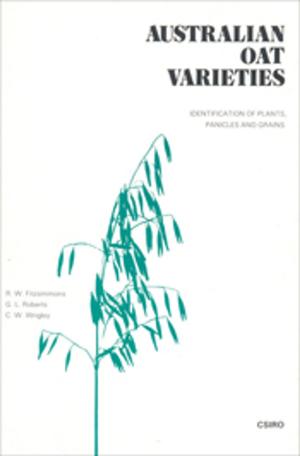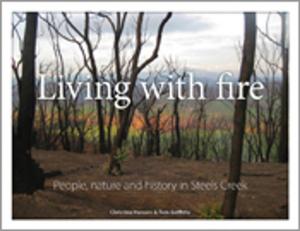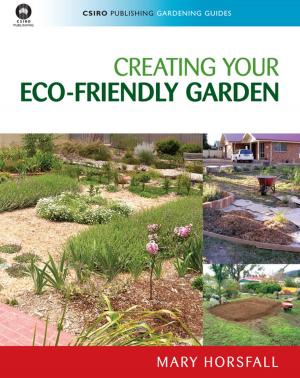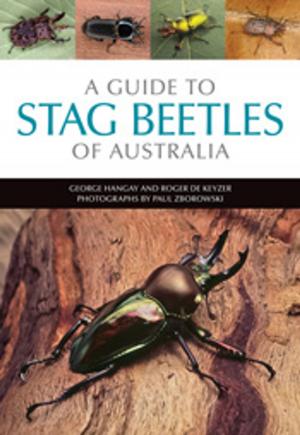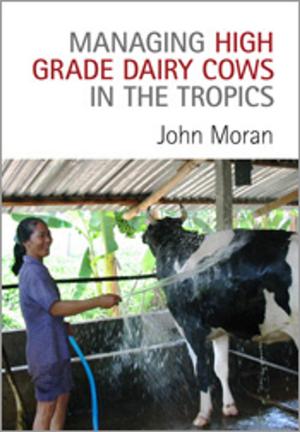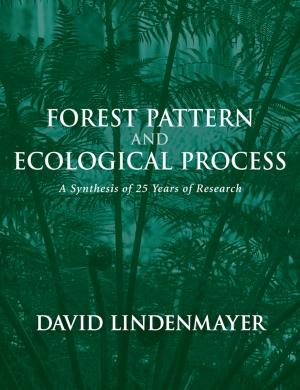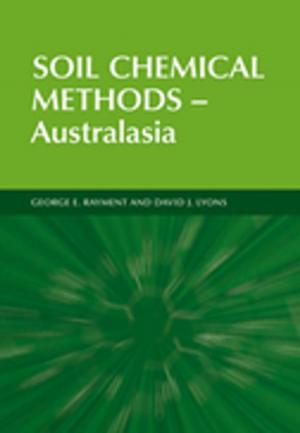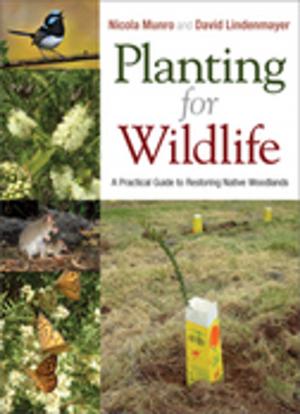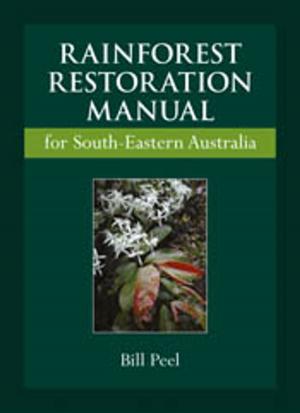What Makes a Good Farm for Wildlife?
Nonfiction, Science & Nature, Science, Biological Sciences, Zoology, Nature| Author: | David B Lindenmayer | ISBN: | 9780643102217 |
| Publisher: | CSIRO PUBLISHING | Publication: | February 1, 2011 |
| Imprint: | CSIRO PUBLISHING | Language: | English |
| Author: | David B Lindenmayer |
| ISBN: | 9780643102217 |
| Publisher: | CSIRO PUBLISHING |
| Publication: | February 1, 2011 |
| Imprint: | CSIRO PUBLISHING |
| Language: | English |
This book brings together extensive scientific learning on what makes a good farm for biodiversity. Based on thirteen years of intensive research, it breaks the discussion into chapters on key environmental and vegetation assets and then discusses how to make these assets better for biodiversity. The work encompasses information on vertebrates and invertebrates on farms and their relationships with significant vegetation and environmental assets: woodland remnants, plantings, paddocks, rocky outcrops and waterways. A chapter is dedicated to each asset and how it can be managed. In the final chapter, the authors discuss the aggregation of these assets at the farm level – bringing all of the information together and also highlighting some landscape-scale perspectives on agricultural management for enhanced biodiversity. What Makes a Good Farm for Wildlife? is written in an engaging style and includes colour photographs and information boxes. It will be an important reference for landholders, hobby farmers, vineyard owners, naturalists interested in birds and other native animals, people from Catchment Management Authorities, natural resource managers and policy makers.
This book brings together extensive scientific learning on what makes a good farm for biodiversity. Based on thirteen years of intensive research, it breaks the discussion into chapters on key environmental and vegetation assets and then discusses how to make these assets better for biodiversity. The work encompasses information on vertebrates and invertebrates on farms and their relationships with significant vegetation and environmental assets: woodland remnants, plantings, paddocks, rocky outcrops and waterways. A chapter is dedicated to each asset and how it can be managed. In the final chapter, the authors discuss the aggregation of these assets at the farm level – bringing all of the information together and also highlighting some landscape-scale perspectives on agricultural management for enhanced biodiversity. What Makes a Good Farm for Wildlife? is written in an engaging style and includes colour photographs and information boxes. It will be an important reference for landholders, hobby farmers, vineyard owners, naturalists interested in birds and other native animals, people from Catchment Management Authorities, natural resource managers and policy makers.


